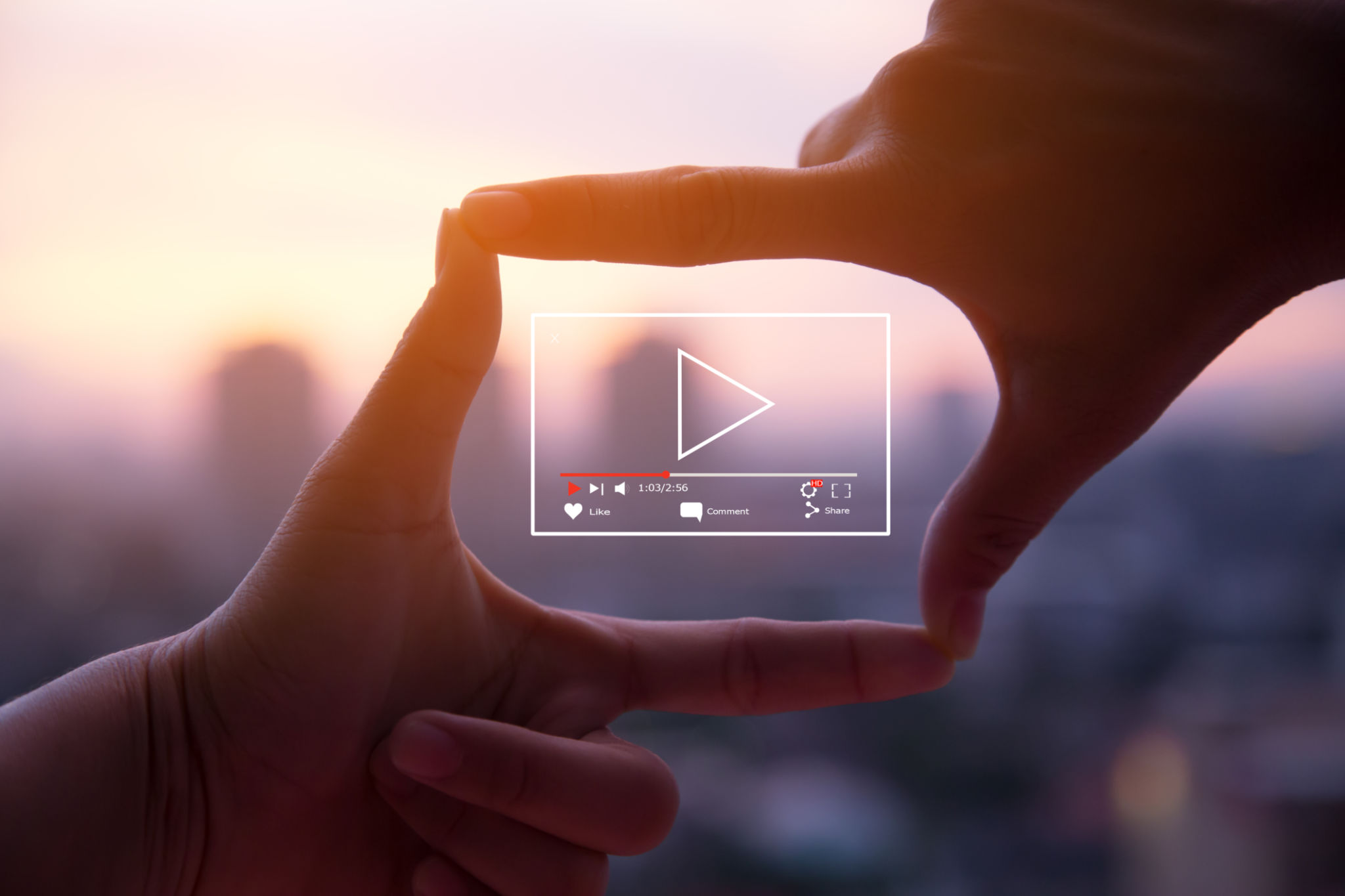Preparing for Your Next Conference: A Speaker's Checklist
Understanding Your Audience
As a speaker, one of the most crucial steps in preparing for a conference is understanding your audience. Knowing who will be attending can help tailor your message to ensure it resonates effectively. Consider the demographics, interests, and knowledge level of the attendees. Are they industry experts, students, or a mix of both? This understanding is key to crafting a presentation that captures and retains their attention.

Designing Your Presentation
Once you have a clear picture of your audience, focus on designing your presentation. Start by outlining the main points you wish to convey. Organize these points logically, ensuring a smooth flow from one idea to the next. Use visuals to enhance understanding and engagement. Remember, a well-designed presentation is not just about delivering information but telling a compelling story that connects with your audience on a personal level.
Choosing the Right Visuals
Effective visuals can transform a good presentation into a great one. Use charts, graphs, and images that support your message and make complex information more accessible. Avoid cluttering slides with too much text; instead, aim for clarity and simplicity. Consider using tools like PowerPoint or Prezi to create visually appealing presentations that captivate your audience.

Rehearsing Your Delivery
Rehearsal is essential for any successful presentation. Practice delivering your speech multiple times until you feel confident with the content and timing. Pay attention to your tone, pace, and body language. Practicing in front of a mirror or recording yourself can help identify areas for improvement. Additionally, consider rehearsing in front of a trusted colleague who can provide constructive feedback.
Managing Nerves
Nerves are a common challenge for speakers, but with the right strategies, they can be managed effectively. Breathing exercises and visualization techniques can help calm pre-presentation jitters. Focus on the message you want to deliver rather than on your anxiety. Remember, being well-prepared is the best way to boost your confidence on stage.

Engaging Your Audience
An engaging presentation goes beyond delivering information; it involves interacting with your audience. Encourage questions and discussions during or after your talk. Use anecdotes or real-life examples to illustrate points and make your presentation more relatable. Engaging with the audience fosters a dynamic environment where everyone feels involved and valued.
Utilizing Technology
Technology can be a powerful tool for enhancing engagement during your presentation. Consider incorporating interactive elements such as polls or live Q&A sessions using mobile apps or platforms like Slido or Mentimeter. These tools can encourage participation and provide you with instant feedback from your audience.

Reviewing and Refining
After completing your initial preparation, take time to review and refine your presentation. Check for any errors or inconsistencies in your slides and speech. Make necessary adjustments to ensure clarity and accuracy. Remember, polishing your content and delivery can significantly impact the overall success of your presentation.
In conclusion, thorough preparation is the foundation of an impactful conference presentation. By understanding your audience, designing an engaging presentation, rehearsing diligently, managing nerves, and utilizing technology wisely, you can deliver a memorable speech that leaves a lasting impression.
